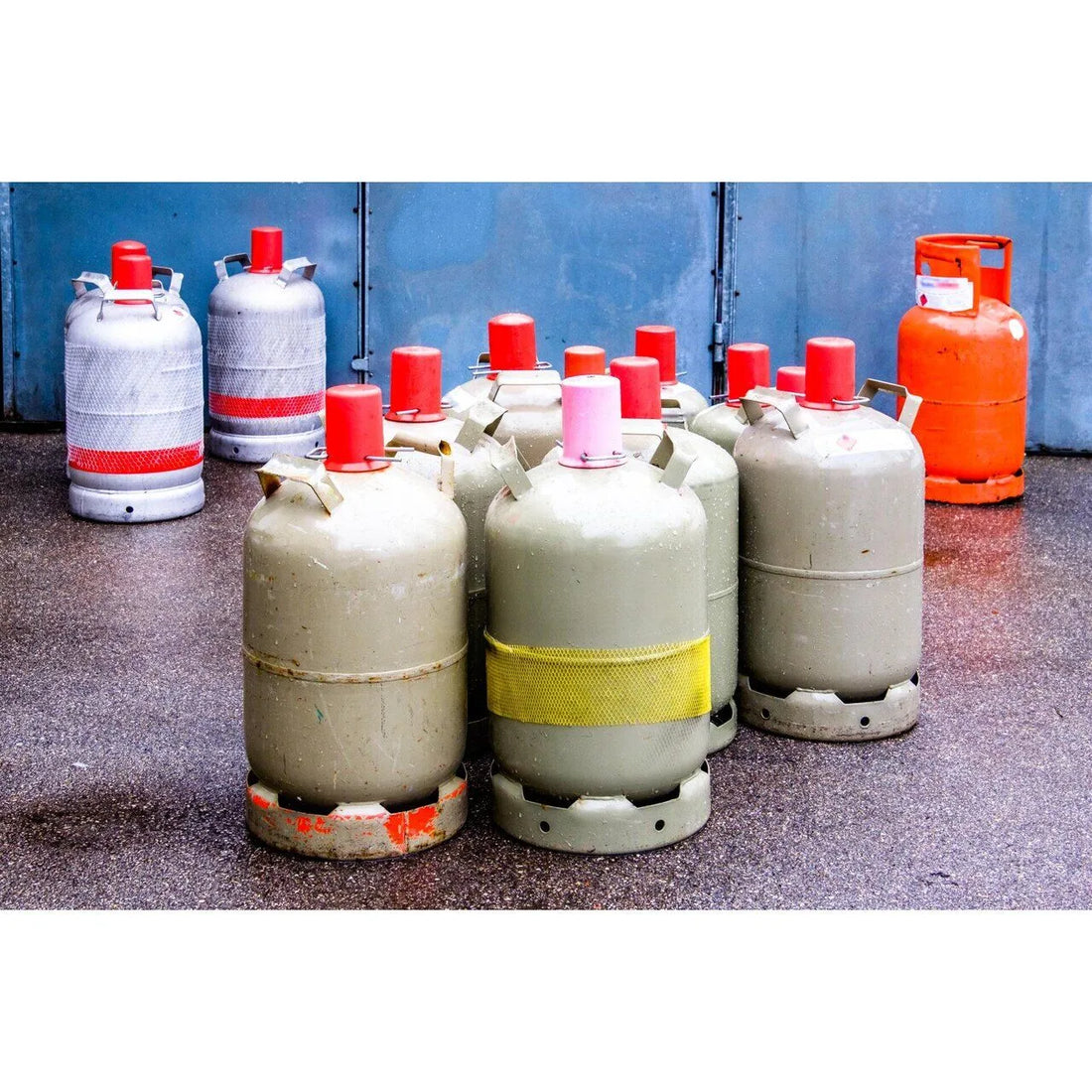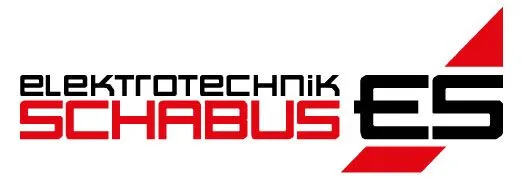Town and natural gas

Town and natural gas
METHANE, BUTANE, PROPANE, LPG – The explosive DANGER
Town and natural gas, what exactly is that?
Let's start with town gas, which no longer exists. It was produced from coal gasification and contained a relatively high proportion of toxic carbon monoxide. Town gas existed until around the end of the 1970s, and in West Berlin until the mid-1990s. It was gradually converted to natural gas, which was not quite as toxic. This required the combustion plants to be modified, requiring different seals and valves. However, the term "town gas" is still familiar to the public, which is why we still refer to our sensor for combustible gases as the town and natural gas sensor (SE).
Natural gas, the gas that our municipal utilities and gas suppliers supply us today for heating, hot water, and cooking, is a naturally occurring gas that is mainly a byproduct of oil production, but also comes from pure natural gas fields that do not produce oil.
The main component of natural gas is the highly flammable gas methane, which makes up to 90% by volume. Other components include butane and propane, various traces of sulfur compounds, ethane, CO2, noble gases, nitrogen, and water vapor.
Once extracted, natural gas is purified of toxic and unusable substances such as water, hydrogen sulfide, and carbon dioxide and fed into our gas supply system. Not without first adding the sulfur compounds thioether or alkanethiol to give the gas its characteristic odor, which we naturally perceive as gas. Without these additives, natural gas would have no odor at all. Every flammable gas that is sold must be mixed with these substances to create an odor.
So we already have the best gas sensor right on our face: our nose. Fortunately, our nose isn't always located exactly where gas could accidentally escape.
At the various connections in our gas line, at the transfer point, at the gas valve, at the meter, and directly at the heater, stove, or boiler. This is where the "city and natural gas warning detectors" from Elektrotechnik Schabus come into play, usually in the so-called boiler and utility rooms (HWR), but also in the kitchen directly at the gas stove.
They immediately detect any gas leaks and warn of a line defect with a loud, piercing tone. If necessary, they switch off a connected solenoid shut-off valve so that no further gas can flow in.
Since natural gas consists primarily of the very light methane, it is lighter than air and immediately evaporates upwards upon escaping. A GX-SE sensor must therefore be installed at the top of the room to immediately detect the gas. Not at the very top, however, but about 30 cm below the ceiling, because dead space forms in the corners. Air trapped in the corners and edges of the ceiling cannot escape and displaces the gas.
Gas from bottles (butane/propane) is heavier than air, so the sensor is placed 15-30 cm above the ground.
At what point does escaping gas become dangerous?
There is a term used to describe the "lower explosive limit," abbreviated to LEL, which is expressed as a percentage. A gas-air mixture only becomes explosive when it reaches 100%. It's important to understand that it's not just the amount of gas released that's important, as is easily expressed in ppm, as with CO, for example, but also other variables that play a role. These include temperature, humidity, or oxygen content, because every combustion requires oxygen; otherwise, nothing burns.
If the humidity is higher, there is less oxygen present; if the temperature is higher, there are also fewer particles in the room that can react with each other. These three variables are taken into account by our SE sensors and converted into a voltage that is recorded by the warning devices.
Now, one could immediately warn, i.e., raise an alarm, if even just one molecule is detected, or more realistically at, say, only 3% LEL, but no customer would accept such behavior in the long run. Up to 5% LEL, a supposed false alarm occurs more frequently than one would associate with a gas line defect.
The sensors could certainly do that, but who wants a warning when open cans of paint and varnish are emitting gases, or when someone walks past the sensor with freshly painted nails or freshly applied perfume? Solvents, along with many other common household substances, are very similar to the hydrocarbons in town water and natural gas and are detected just as well by the sensors.
Some of the many DIN standards that deal with the detection of natural gas in residential areas recommend a warning at the latest when the 20% LEL limit is reached.
Since our sensors also detect liquefied petroleum gas (LPG with high butane and propane content), we have agreed on an early warning level of 12% LEL.
Always in time to avoid danger, but sufficiently tolerant to avoid frequent misarms. And, of course, within the norm.



